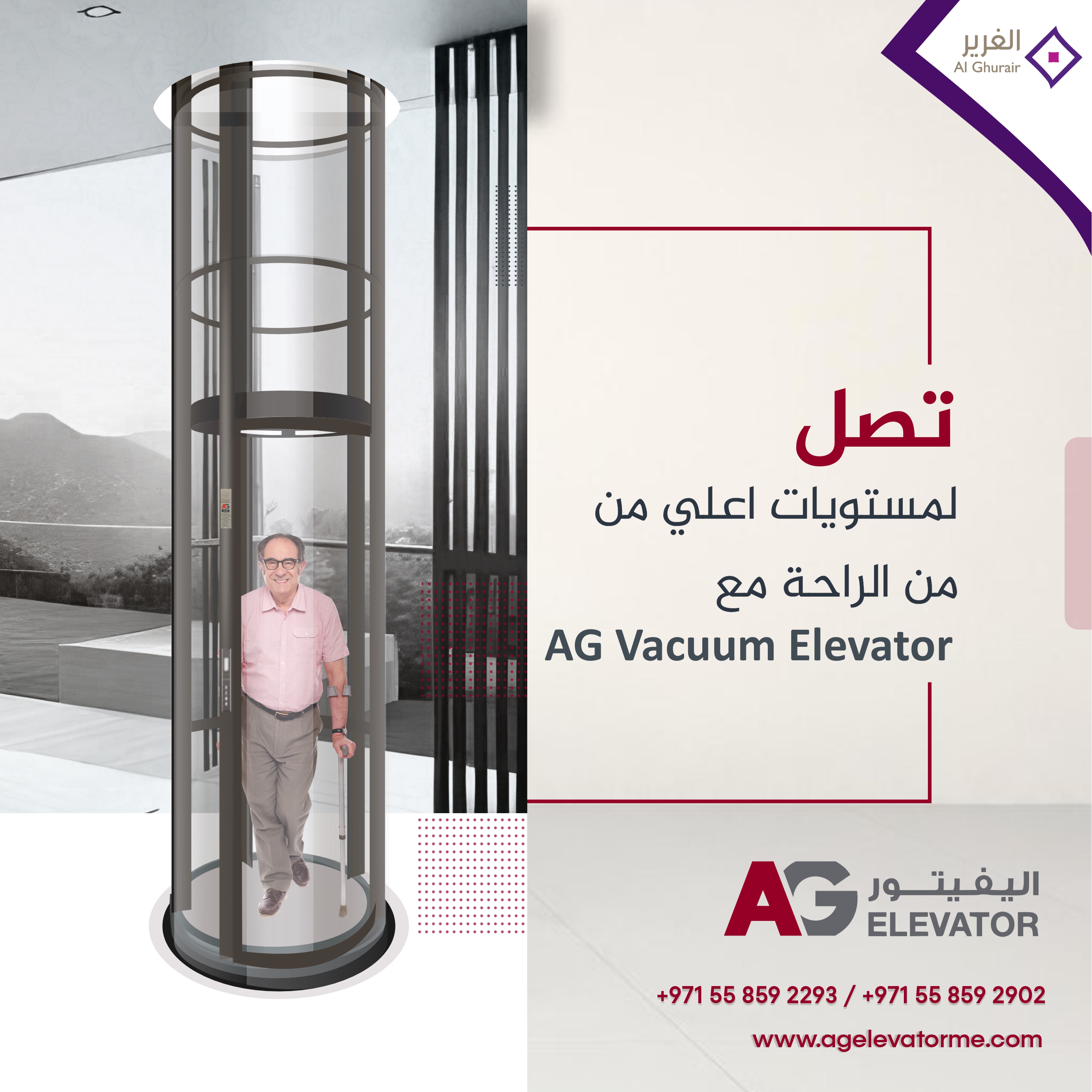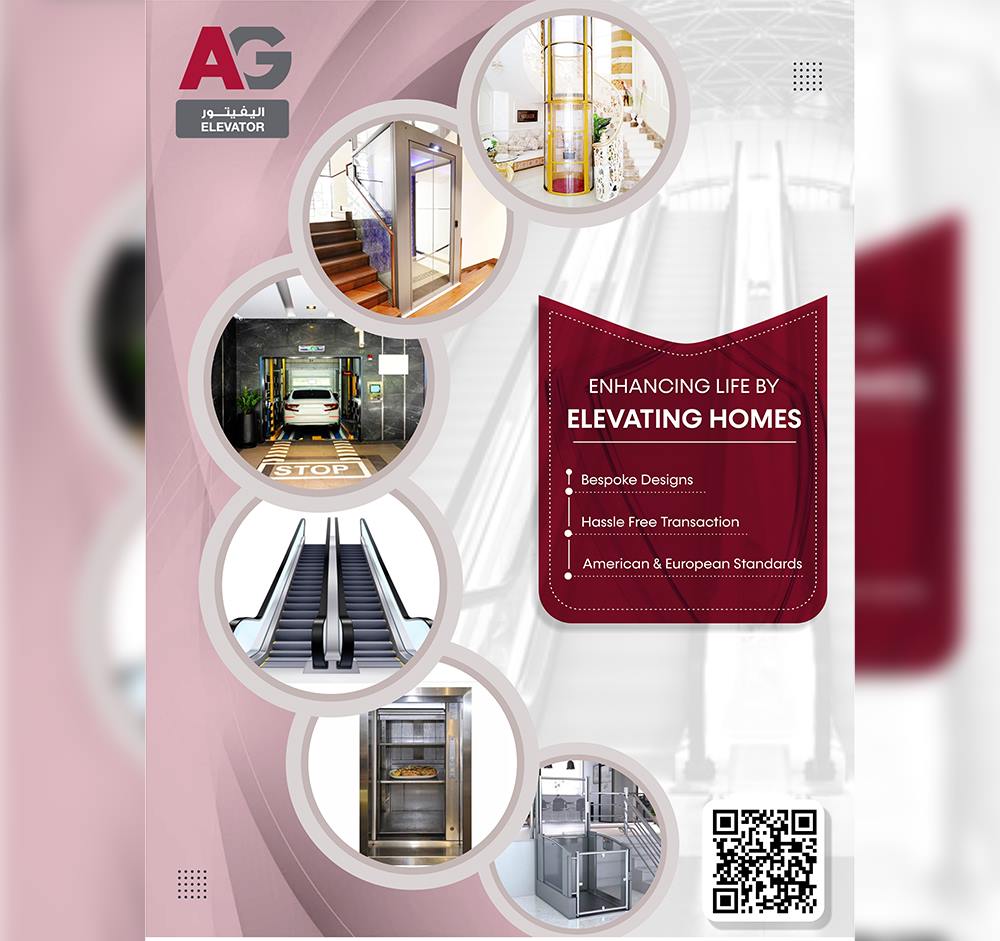Affordable Home Elevators: A Cost-Effective Solution for Aging in Place

As we age, mobility becomes more of a challenge. Stairs can become difficult to navigate, and the risk of falls increases. Moving to a single-story home or a senior living facility may seem like the only option, but there is an alternative: affordable home elevators.
What Are Home Elevators?
Home elevators are machines that transport people or goods between floors of a building. They are typically installed in the center of a home or in a room adjacent to a staircase.
Types Of Home Elevators
There are several types of home elevators available, including:
Hydraulic Elevators: Hydraulic elevators are a type of elevator that use fluid pressure to move the elevator car up and down. They are commonly found in buildings with less than 8 floors. The elevator car is attached to a hydraulic piston that is powered by an electric motor. When the motor runs, it pumps hydraulic fluid into the piston, which then moves the car up. When the motor stops, the fluid is released from the piston, which then moves the car down.
Hydraulic elevators are known for their smooth ride and quiet operation. They are also more energy-efficient than other types of elevators. However, they require a separate machine room to house the hydraulic pump and motor, which can take up valuable space in a building. Additionally, they are not as fast as other types of elevators and can take longer to reach their destination.
Pneumatic Elevators: Pneumatic elevators are a type of lift that use air pressure to move between floors. They work by creating a vacuum in the shaft of the elevator, which causes the cab to be pulled upward by atmospheric pressure. Pneumatic elevators are less expensive to install and maintain than traditional elevators because they do not require a machine room or cables. They are also more energy efficient because they use less electricity.
Pneumatic elevators are usually smaller than traditional elevators and can only carry a limited number of people at a time. They can be installed in both residential and commercial buildings, but they are not suitable for buildings that are taller than six stories. Overall, pneumatic elevators are a good option for buildings that do not have a lot of space for traditional elevators or for those who want to save money on installation and maintenance costs.
Traction Elevators: Traction elevators are a type of elevator that use a system of ropes and counterweights to move between floors. These elevators are powered by an electric motor which drives the ropes and counterweights. The ropes are attached to the elevator car and pass over a pulley at the top of the elevator shaft. The counterweights are used to balance the weight of the elevator car and ensure smooth movement.
Traction elevators are commonly used in high-rise buildings as they can travel longer distances than hydraulic elevators. They also tend to be faster and smoother in operation. However, they require a machine room at the top of the elevator shaft to house the motor and other equipment. Traction elevators are popular in commercial buildings, hospitals, and apartment buildings due to their reliability and efficiency.
Cable-Driven Elevators: Cable-driven elevators are a type of elevator that uses cables and a pulley system to move up and down. These elevators are commonly used in high-rise buildings and are known for their efficiency and speed. The cables are attached to the elevator car and run through a series of pulleys that are located at the top of the elevator shaft.
This system allows the elevator to be lifted or lowered as needed. Cable-driven elevators can travel at high speeds and are able to transport large numbers of people quickly and efficiently. They are also relatively easy to maintain and repair. However, these elevators require a lot of space for their machinery and may not be suitable for smaller buildings. Overall, cable-driven elevators are a reliable and efficient way to transport people and goods in high-rise buildings.
Affordable Home Elevators
While home elevators were once considered a luxury item, they have become more affordable in recent years. The cost of a home elevator can vary depending on the type of elevator and the size of the cab, but there are several factors that make them a cost-effective solution for aging in place.
1. Increased Home Value: Installing a home elevator can increase the value of your home, making it a worthwhile investment.
2. Avoiding Relocation Costs: Moving to a single-story home or a senior living facility can be costly. Installing a home elevator can allow you to stay in your current home, avoiding relocation costs.
3. Decreased Medical Costs: Falls are a leading cause of injury among seniors. Installing a home elevator can reduce the risk of falls, potentially saving you money on medical costs.
4. Improved Quality of Life: A home elevator can provide a sense of independence and freedom, allowing you to navigate your home with ease.
Installation and Maintenance
Home elevators are a great way to improve accessibility and convenience in multi-story homes. To install a home elevator, you need to first consult with an experienced contractor who will assess your home and recommend the best type of elevator for your needs. They will then install the elevator in a suitable location, which may require some modifications to your home’s structure.
Once the elevator is installed, it is important to schedule regular maintenance checks to ensure it is working correctly and to prevent any potential issues. Maintenance checks should be performed by a qualified technician who can identify and fix any problems. It is also important to regularly clean and lubricate the elevator to keep it running smoothly. Homeowners should also be aware of safety precautions when using the elevator, such as not overloading it and keeping children supervised. Overall, proper installation and maintenance of a home elevator can greatly enhance the quality of life for those with mobility issues.
Conclusion
Affordable home elevators are a cost-effective solution for aging in place. They can increase the value of your home, save you money on relocation and medical costs, and improve your quality of life. When considering a home elevator, it is important to factor in the cost of installation and maintenance, but the benefits of having a home elevator outweigh the costs.
Related posts
lift
elevator
home elevator
Dubai elevator
vacuum elevator
lifts
Enquire Now
- ${title}${badge}





